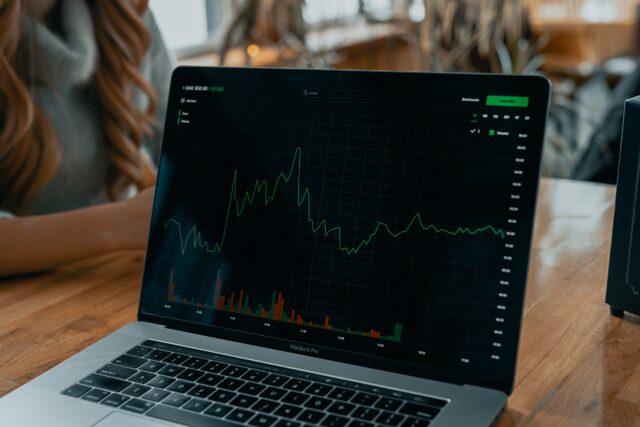
Deflation and hyperinflation are two extreme sides of economic instability, each with its own set of costs. Deflation occurs when there is a decrease in the general price level of goods and services, leading to a decrease in the purchasing power of the currency. Hyperinflation, on the other hand, is an increase in the general price level of goods and services which leads to rapid increases in prices and decreases in the purchasing power of money.
In general, deflation is generally considered to be the more harmful of the two, as it can lead to a decrease in economic activity and an increase in the burden of debt. But is this always the case? What is deflation and hyperinflation and how have they affected countries in the past? Let’s take a look at each in some more detail.
What is deflation?
Deflation refers to a sustained decrease in the general price level of goods and services in an economy. This can be caused by a variety of factors, such as a decrease in the supply of money and credit, an increase in productivity or a decrease in demand for goods and services.
Why is it harmful?
Deflation can be harmful to an economy because it can lead to a decrease in consumer spending, as people may delay purchases with the expectation that prices will continue to fall. This can lead to a decrease in economic activity and potentially lead to a recession. Deflation can also make it more difficult for individuals and businesses to pay off debts, as the value of the debt increases relative to the falling price of goods and services.
Examples of deflation
Deflation has famously occurred throughout recent history and had dire consequences for countries for decades. The Great Depression in the 1930s was caused by a combination of reduced money supply, an over-dependence on the stock market and increased debt. During this period, prices fell significantly due to decreased demand for goods and services.
In Japan in the 1990s, after a long period of economic growth, the Japanese economy experienced a sharp decline. This was due to an increase in the amount of money circulating in the economy, decreased demand for goods and services and an appreciation of the yen, which reduced export prices.
What is hyperinflation?
Hyperinflation, on the other hand, refers to a rapid and sustained increase in the general price level of goods and services in an economy. This can be caused by an excess of money and credit relative to the supply of goods and services, or by a loss of confidence in the currency.
Why is it harmful?
Hyperinflation can be harmful to an economy because it can lead to a decrease in the value of money, as people lose faith in its purchasing power. This can lead to a decrease in savings and investment, as people seek to protect their wealth by holding tangible assets rather than money. Hyperinflation can also lead to a decrease in international trade, as other countries may be unwilling to accept the devalued currency.
Examples of hyperinflation
Germany experienced hyperinflation in the aftermath of World War I, as the government printed large amounts of money to pay for war debts and reparations. At its peak, the inflation rate reached nearly 3,000% per month. This led to widespread economic disruption and social unrest and contributed to the rise of the Nazi Party. Exiting hyperinflation can be a real struggle and it is little wonder some countries suffer economically, politically and sometimes militarily as a result.
Zimbabwe experienced hyperinflation in the early 2000s, as the government printed large amounts of money to finance its spending and to cover a budget deficit. At its peak, the inflation rate reached nearly 80 billion per cent per month. The hyperinflation led to widespread economic disruption and a collapse in the value of the Zimbabwean dollar.
Venezuela experienced hyperinflation in the 2010s, as the government printed large amounts of money to finance its spending and to cover a budget deficit. At its peak, the inflation rate reached over 10 million per cent per year. The hyperinflation led to widespread economic disruption and a collapse in the value of the Venezuelan bolivar, and the country is still in the process of recovery.
What is worse?
In general, deflation is generally considered to be the more harmful than hyperinflation, as it can lead to a decrease in economic activity and an increase in the burden of debt. However, both deflation and hyperinflation can have serious negative consequences for an economy, and policymakers need to take steps to avoid these outcomes.


































